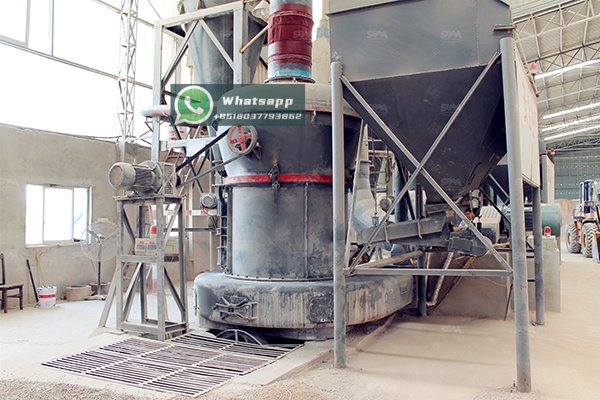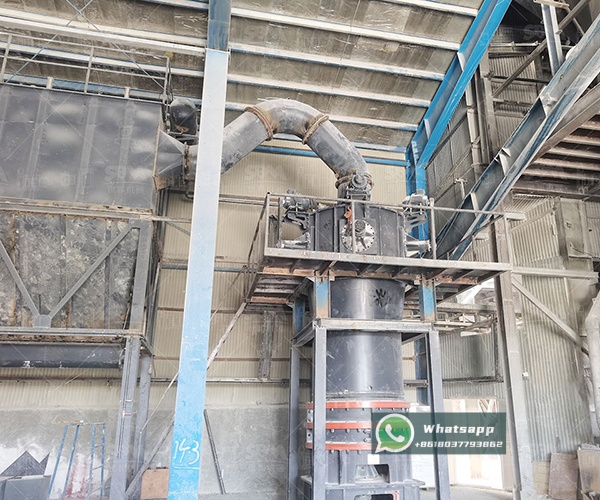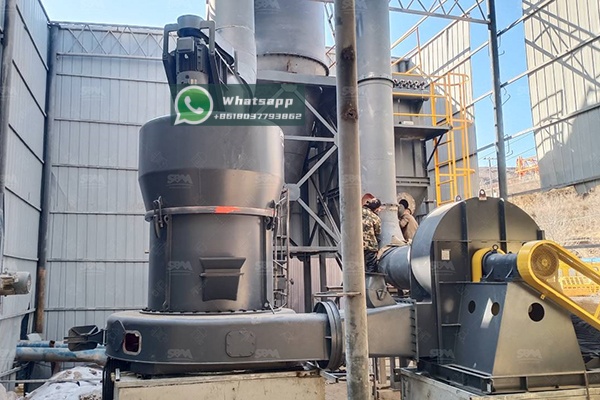The petrochemical industry stands as one of the most critical sectors in the global economy, and at the heart of many of its processes are catalysts. Among these, zeolites, with their unique microporous crystalline structures, play an indispensable role. The performance of a zeolite catalyst is intrinsically linked to its physical properties, particularly its particle size and surface area. This is where ultrafine grinding technology becomes paramount, transforming raw zeolite materials into highly active, efficient catalysts.
Zeolites are aluminosilicate minerals widely used in catalytic cracking, hydrocracking, isomerization, and alkylation processes. Their effectiveness hinges on their high surface area and shape-selective properties. However, the intrinsic activity of natural or synthesized zeolite crystals is often limited by diffusion constraints within their pore networks. Larger particles mean that reactant molecules have to travel a longer path to reach active sites deep within the crystal, leading to slower reaction rates and potential pore blockage.
Ultrafine grinding addresses this fundamental challenge. By reducing the particle size to the micron or even sub-micron level, the diffusion path length is drastically shortened. This results in:

Grinding a material like zeolite to an ultrafine level is not a simple task. Zeolites possess a specific hardness and crystalline structure that must be carefully managed to avoid compromising their catalytic functionality. The primary challenges include:
Selecting the right grinding equipment is the most critical decision in optimizing zeolite processing. Traditional ball mills can be used but often lack the precision and efficiency required for high-value catalyst production. Advanced grinding mills that offer controlled energy input, efficient classification, and minimal contamination are essential.
Shanghai Zenith Machinery Co., Ltd., an excellent manufacturer of ore grinding equipment in China, has made great achievements in the field of ultra-fine powder grinding. Specializing in the research, development, and production of industrial powder grinding equipment, Zenith offers several models ideally suited for the demanding requirements of zeolite processing for the catalyst industry.
For applications requiring very fine and consistent zeolite powders, the XZM Ultrafine Grinding Mill is a highly recommended solution. This mill is engineered specifically for superfine powder production and is capable of achieving an output fineness ranging from 325 to 2500 mesh, which is perfectly aligned with the needs of advanced catalyst design.
Its key advantages for zeolite processing include:
| Model | Working Diameter (mm) | Max Feed Size (mm) | Final Size (mesh) | Output (kg/h) | Main Motor Power (kW) |
|---|---|---|---|---|---|
| XZM221 | Φ800 | ≤20 | 325-2500 | 500-4500 | 75 |
| XZM268 | Φ1680 | ≤20 | 325-2500 | 5000-25000 | 315 |

For producers seeking a solution that integrates multiple processes, the LUM Ultrafine Vertical Mill presents an excellent alternative. This mill integrates grinding, drying, classifying, and conveying into a single, compact unit. Its intelligent control system allows for precise adjustment of operational parameters, which is vital for heat-sensitive materials like zeolites to prevent thermal degradation.
The LUM series is particularly advantageous when the raw zeolite material has a higher moisture content, as it efficiently combines drying and grinding in one step. Its vertical structure also results in a smaller footprint, making it ideal for plants with space constraints.
The trend in the catalyst industry is moving towards increasingly sophisticated and tailored materials. Nanostructured zeolites, hierarchical zeolites with combined micro- and mesoporosity, and zeolite composites are the frontiers of research. The production of these advanced materials places even greater demands on grinding technology, requiring not just size reduction but also the ability to create specific particle morphologies.
Continued innovation in grinding technology from companies like Shanghai Zenith Machinery is essential to support this evolution. The ability to reliably and efficiently produce zeolite powders with tailored particle sizes and distributions will directly enable the development of next-generation catalysts with higher activity, selectivity, and stability.

Ultrafine grinding is not merely a preparatory step but a transformative process that unlocks the full catalytic potential of zeolites. The choice of grinding equipment directly impacts the critical properties of the final catalyst, influencing the efficiency and economics of countless petrochemical processes. For industry professionals seeking to optimize their zeolite catalyst production, investing in advanced, reliable grinding technology from established manufacturers like Shanghai Zenith Machinery is a strategic imperative. The XZM Ultrafine Grinding Mill and LUM Ultrafine Vertical Mill stand out as robust, efficient, and precise solutions designed to meet the rigorous standards of the modern catalyst and petrochemical industry.